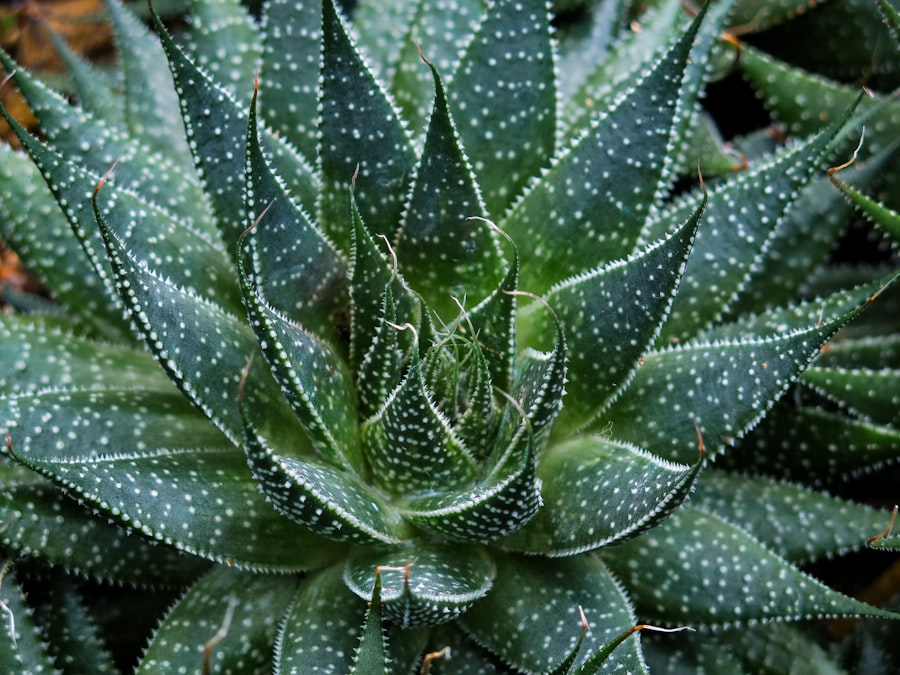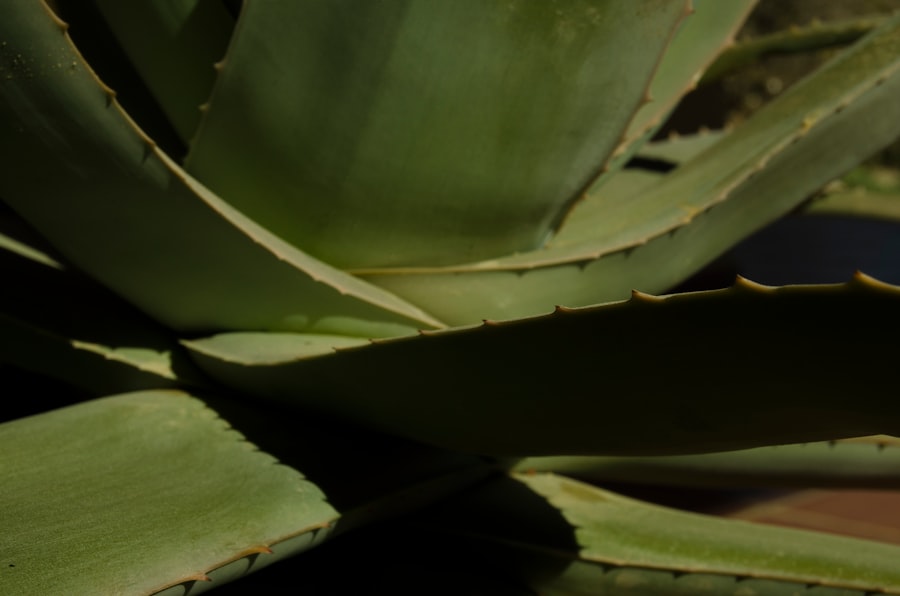When you engage in epilation, whether through waxing, tweezing, or using an epilator, you may notice small red bumps appearing on your skin afterward. These bumps, often referred to as post-epilation bumps, can be a source of frustration and discomfort. Understanding why they occur is the first step in managing and preventing them.
Essentially, these bumps are a result of your hair follicles becoming irritated during the hair removal process. The trauma inflicted on the skin can lead to inflammation, which manifests as redness and swelling around the hair follicles. Moreover, post-epilation bumps can also be exacerbated by factors such as sensitive skin, improper technique, or inadequate preparation before the epilation process.
If you have sensitive skin, your body may react more intensely to the removal of hair, leading to a higher likelihood of developing these bumps. Additionally, if the hair is not removed properly—such as pulling in the wrong direction or not holding the skin taut—this can further irritate the follicles. Recognizing these triggers can help you take proactive steps to minimize their occurrence in the future.
Key Takeaways
- Post-epilation bumps are caused by hair follicles becoming inflamed and irritated after hair removal.
- Preparing your skin for epilation by exfoliating and moisturizing can help reduce the risk of post-epilation bumps.
- Choosing the right epilation method, such as waxing or using an epilator, can also impact the likelihood of developing bumps.
- Aftercare for smooth skin includes applying soothing lotions or creams and avoiding tight clothing that can further irritate the skin.
- Home remedies like applying aloe vera or tea tree oil can help reduce inflammation and prevent post-epilation bumps.
Preparing Your Skin for Epilation
Preparation is key when it comes to achieving smooth skin post-epilation. Before you begin the hair removal process, it’s essential to ensure that your skin is clean and free from any oils or lotions that could interfere with the epilation. Start by exfoliating your skin a day or two prior to your epilation session.
This helps remove dead skin cells and can prevent ingrown hairs, which are often a contributing factor to post-epilation bumps. You can use a gentle scrub or a loofah to achieve this, but be careful not to over-exfoliate, as this can lead to further irritation.
Hydrated skin is more elastic and less prone to irritation during hair removal. However, it’s crucial to avoid applying any heavy creams or oils right before epilation, as these can create a barrier that makes it harder for the epilator or wax to grip the hair effectively. Instead, opt for a light moisturizer that absorbs quickly into the skin.
By taking these preparatory steps, you set yourself up for a smoother epilation experience and reduce the chances of developing those pesky bumps afterward.
Choosing the Right Epilation Method

Selecting the right epilation method is vital for achieving optimal results while minimizing post-epilation bumps. There are several options available, each with its own advantages and disadvantages. Waxing is a popular choice for many due to its ability to remove hair from the root and provide longer-lasting results.
However, it can be painful and may cause irritation for those with sensitive skin. If you choose waxing, consider opting for a sensitive-skin formula or seeking professional services that specialize in gentle techniques. On the other hand, using an epilator can be a convenient at-home option.
These devices work by grasping multiple hairs at once and pulling them out from the root. While they can be effective, they may also cause discomfort and lead to bumps if not used correctly. If you decide to go this route, look for an epilator with features designed for sensitive skin, such as a built-in massager or cooling attachment.
Ultimately, the best method for you will depend on your skin type, pain tolerance, and personal preferences. Taking the time to research and choose wisely can significantly impact your post-epilation experience.
Aftercare for Smooth Skin
| Aftercare for Smooth Skin | Benefits |
|---|---|
| Moisturizing | Keeps skin hydrated and prevents dryness |
| Exfoliation | Removes dead skin cells and promotes skin renewal |
| Sun protection | Prevents sun damage and premature aging |
| Gentle cleansing | Keeps skin clean without stripping natural oils |
Aftercare is just as important as preparation when it comes to maintaining smooth skin following epilation. Once you’ve completed the hair removal process, it’s essential to soothe your skin to reduce inflammation and prevent bumps from forming. Start by applying a gentle, alcohol-free toner or soothing lotion to calm any redness or irritation.
Look for products containing ingredients like aloe vera or chamomile, which are known for their calming properties. In addition to topical treatments, consider avoiding tight clothing or strenuous activities immediately after epilation. This allows your skin to breathe and recover without additional friction or irritation.
If you’ve waxed or used an epilator on sensitive areas like your bikini line or underarms, it may be beneficial to avoid hot showers or baths for at least 24 hours post-epilation. Heat can exacerbate inflammation and lead to further irritation. By prioritizing aftercare, you can help ensure that your skin remains smooth and free from unwanted bumps.
Home Remedies for Post-Epilation Bumps
If you do find yourself dealing with post-epilation bumps, there are several home remedies you can try to alleviate discomfort and promote healing. One effective remedy is applying a cold compress to the affected area. The cold helps reduce inflammation and soothe irritated skin.
Another popular home remedy involves using natural oils such as tea tree oil or coconut oil. Tea tree oil has antibacterial properties that can help prevent infection in irritated follicles, while coconut oil is known for its moisturizing benefits.
Dilute tea tree oil with a carrier oil before applying it directly to the bumps, and use coconut oil as a soothing moisturizer after epilation. These natural solutions can provide relief and promote healthier skin without the need for harsh chemicals.
Over-the-Counter Solutions

Calming Inflammation with Hydrocortisone
Many pharmacies offer creams and lotions formulated with ingredients like hydrocortisone or salicylic acid that can help reduce inflammation and prevent ingrown hairs. Hydrocortisone cream is particularly effective in calming redness and swelling associated with irritation.
Gentle Exfoliation with Alpha-Hydroxy Acids
Look for products containing glycolic acid or lactic acid, which can help exfoliate the skin gently and prevent clogged pores that lead to bumps. These ingredients work by promoting cell turnover and keeping hair follicles clear of debris.
Choosing the Right Product for Your Skin
When selecting an over-the-counter solution, always read labels carefully and choose products that are suitable for your skin type to avoid further irritation.
Professional Treatments for Stubborn Bumps
If you find that post-epilation bumps persist despite your best efforts at home, it may be time to seek professional treatments. Dermatologists offer various options that can effectively address stubborn bumps and improve your overall skin texture. One common treatment is chemical peels, which involve applying a solution that exfoliates the top layer of skin, helping to clear out clogged pores and reduce inflammation.
Another option is laser hair removal, which targets hair follicles with concentrated light energy, effectively reducing hair growth over time. This method not only minimizes the chances of developing post-epilation bumps but also provides longer-lasting results compared to traditional methods. Consulting with a dermatologist can help you determine which professional treatment is best suited for your specific needs and skin type.
Preventing Post-Epilation Bumps
Prevention is always better than cure when it comes to post-epilation bumps. To minimize their occurrence in the future, establish a consistent skincare routine that includes regular exfoliation and moisturizing. Exfoliating once or twice a week helps keep dead skin cells at bay and reduces the risk of ingrown hairs that contribute to bumps.
Additionally, consider adjusting your epilation technique if you notice recurring issues. Ensure that you’re pulling in the right direction—against hair growth—and holding your skin taut during the process to minimize trauma. Finally, always listen to your body; if certain methods consistently lead to irritation, it may be worth exploring alternative options that are gentler on your skin.
By taking these proactive measures, you can enjoy smoother skin without the annoyance of post-epilation bumps in the future.
If you’re looking for more tips on how to achieve smooth, bump-free skin after epilating, check out this article on inlaserhairremoval.com. This article provides additional insights and techniques to help you get rid of bumps and irritation caused by epilating. It’s always helpful to gather as much information as possible to ensure a successful hair removal process.
FAQs
What causes bumps after epilating?
Bumps after epilating can be caused by a few different factors, including ingrown hairs, irritation from the epilating process, or sensitivity to the hair removal method.
How can I prevent bumps after epilating?
To prevent bumps after epilating, it’s important to exfoliate the skin regularly to prevent ingrown hairs, use a gentle and moisturizing post-epilation product, and make sure to properly clean and care for the epilator itself.
Are there any home remedies for bumps after epilating?
Some home remedies for bumps after epilating include applying aloe vera gel, using a warm compress, or applying a gentle exfoliating scrub to help prevent and treat bumps.
When should I see a doctor about bumps after epilating?
If the bumps after epilating are persistent, painful, or showing signs of infection, it’s important to see a doctor for further evaluation and treatment.






